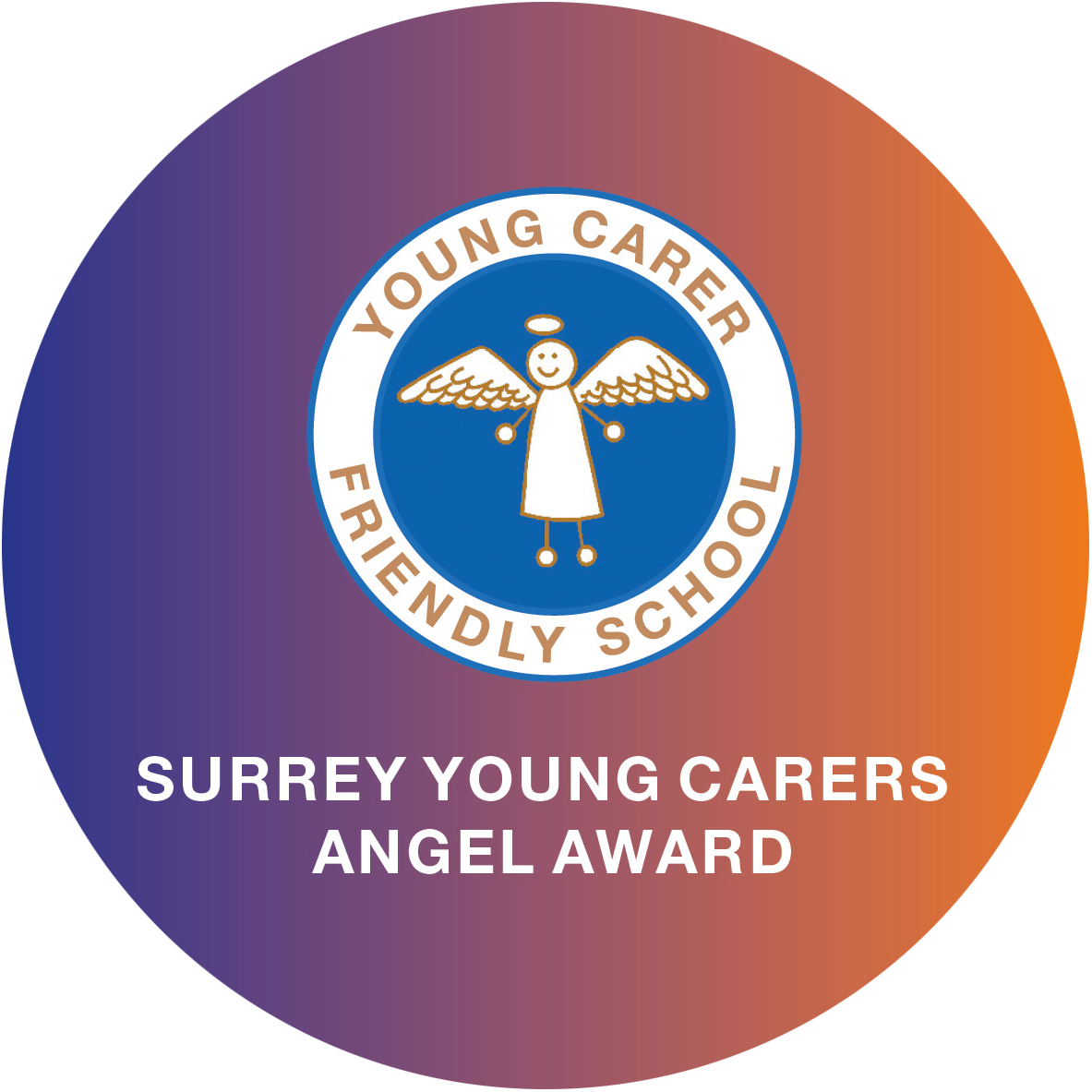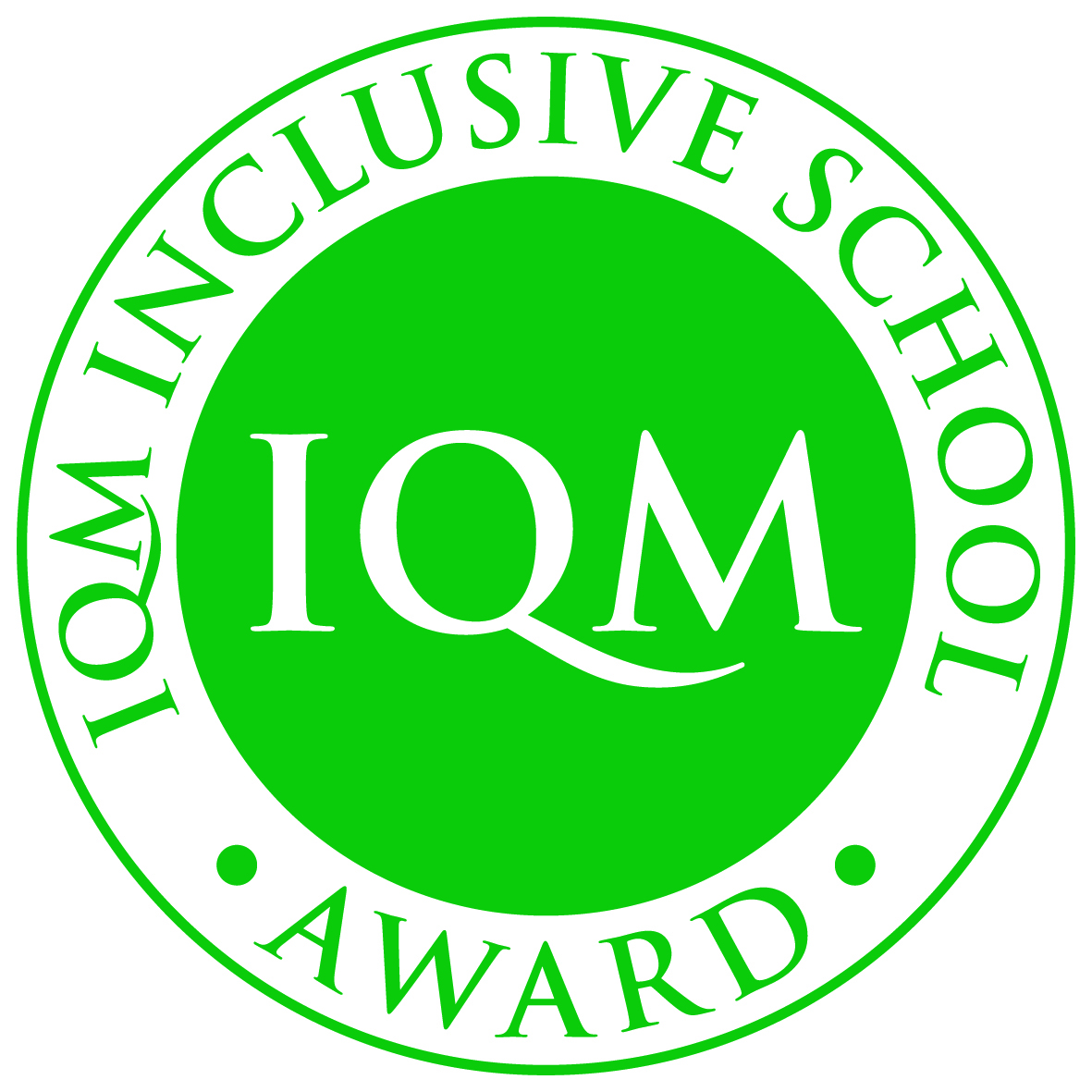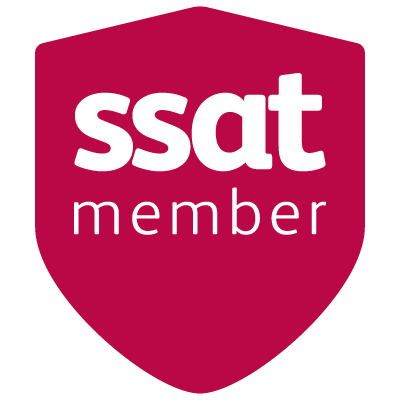Design & Technology
"Design creates cultures. Culture shapes values. Values determine the future."
Robert L Peters
It is our firm belief that by embedding our values within the design and technology curriculum, we are equipping our pupils with the necessary skills and qualities to thrive in an ever-changing world.
Wisdom
We aim to develop their critical thinking skills, problem-solving abilities, and decision-making capabilities. Through our design and technology curriculum, pupils have the opportunity to explore various concepts, develop prototypes, and evaluate their creations. This process encourages them to think creatively, consider different perspectives, and make informed choices, thereby nurturing wisdom.
Hope
We strive to create an atmosphere where pupils feel inspired and empowered to pursue their dreams and aspirations. Design and technology lessons offer an excellent platform for pupils to envision and create something new. By engaging in hands-on projects, they learn to set goals, overcome challenges, and develop a sense of optimism and self-belief.
Respect
We aim to cultivate an inclusive and supportive environment where everyone feels valued and appreciated. In design and technology, pupils are encouraged to work collaboratively, respecting each other's ideas, opinions, and contributions. They learn to appreciate diversity, embrace different perspectives, and celebrate the achievements of their peers.
Community
We strive to foster a sense of belonging and encourage pupils to contribute positively to the wider community. Through design and technology, pupils have the opportunity to explore real-world problems and create solutions that benefit others. These projects often involve community engagement, enabling pupils to develop empathy, understanding, and a strong sense of social responsibility.



